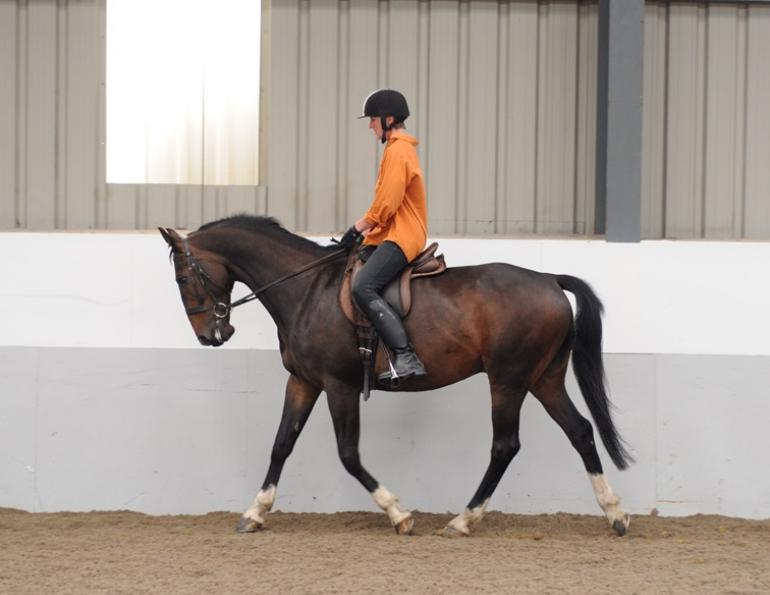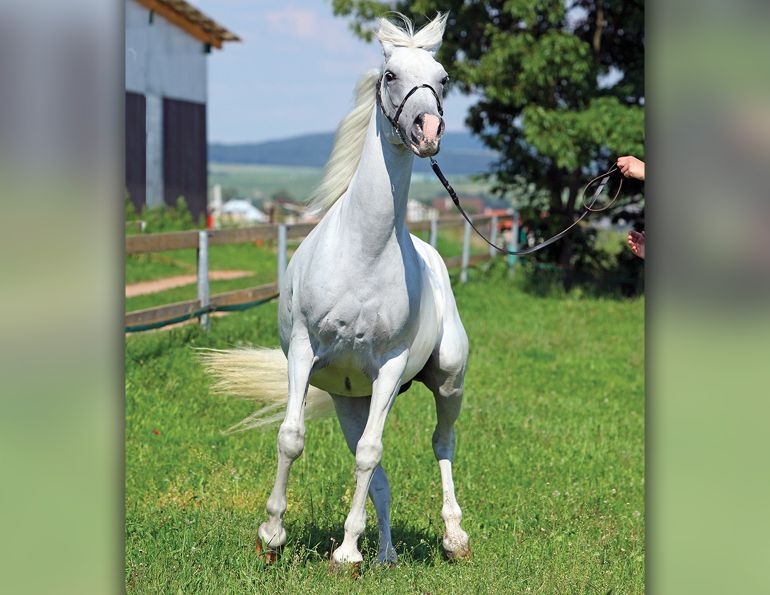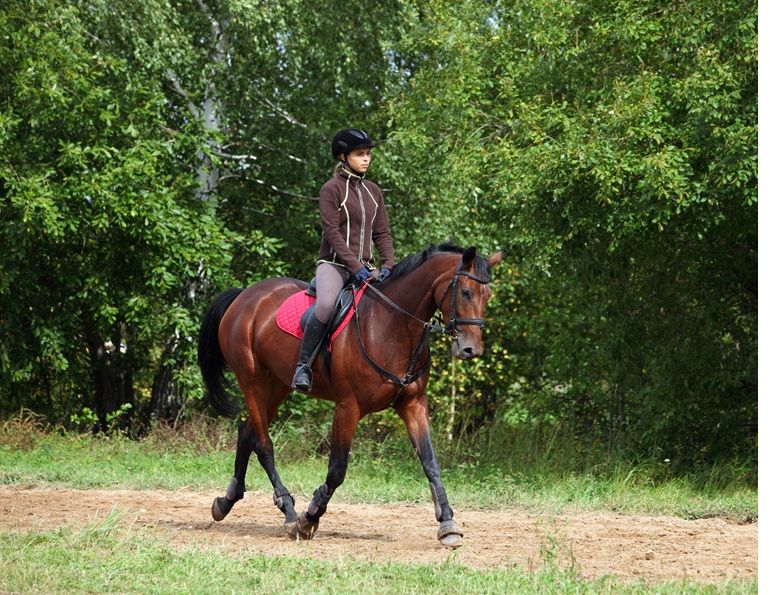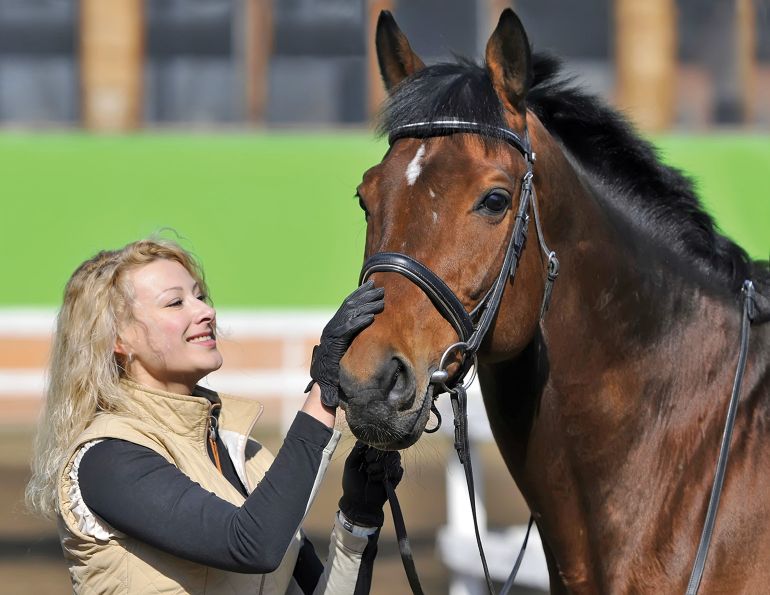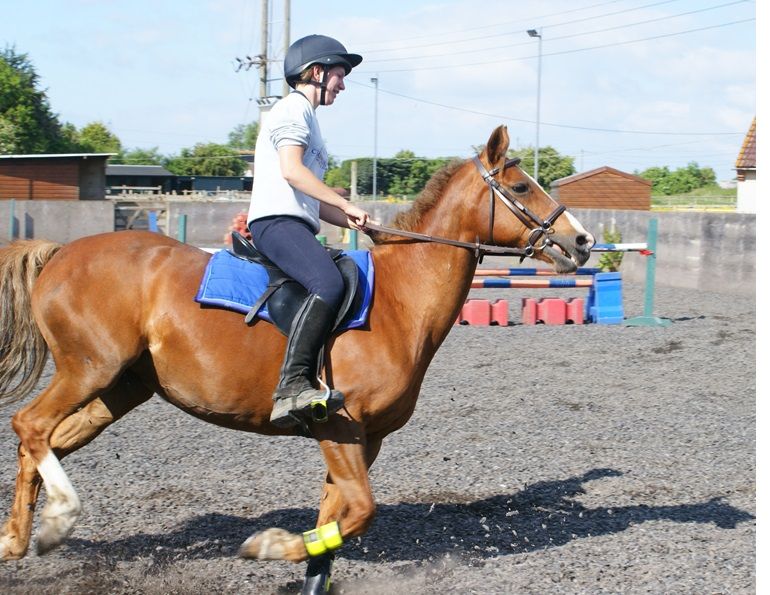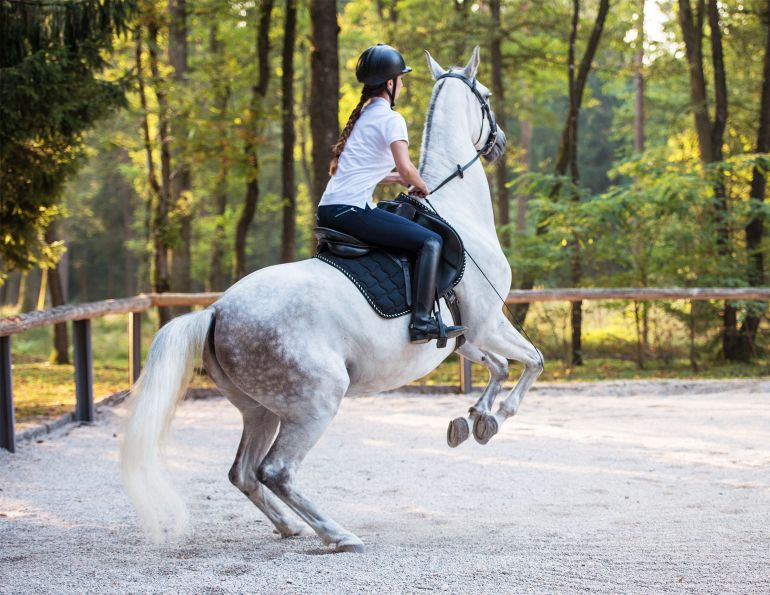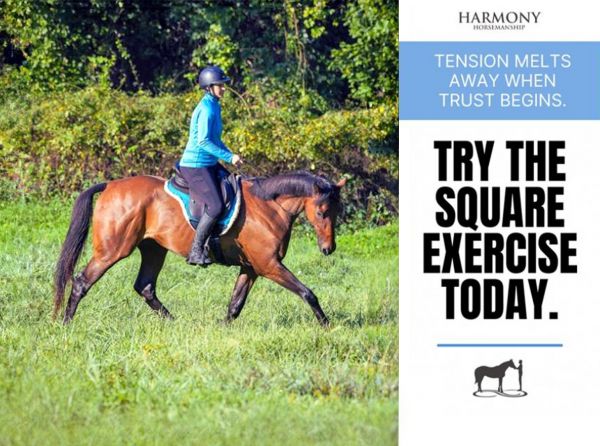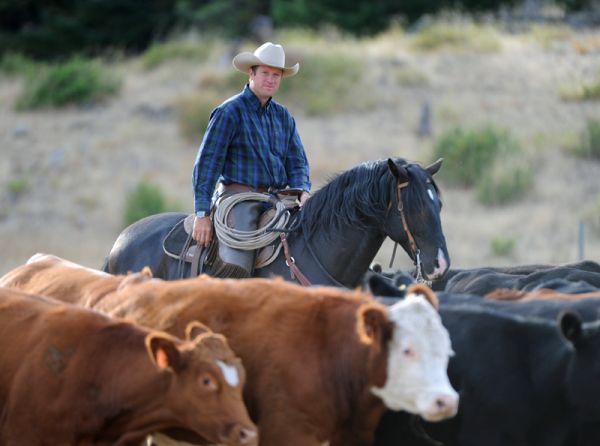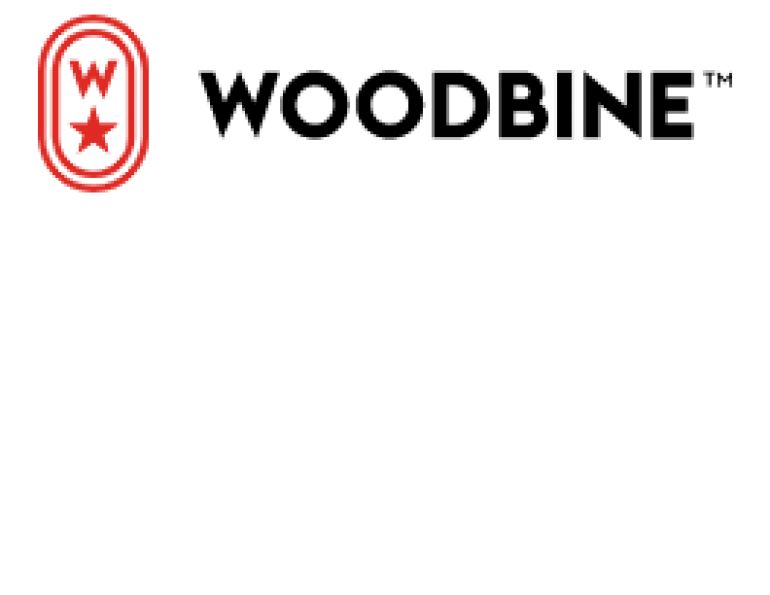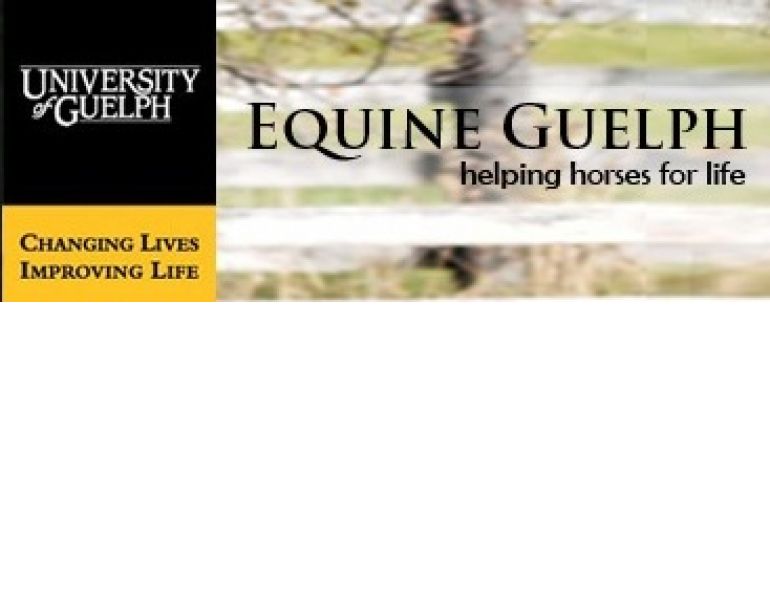By Will Clinging
At the time of writing this article, I am enjoying my work with Jax, the project horse I have been developing over the past several months. We have been working through progress and setbacks, and I am quite happy with Jax’s continuing progress. Unfortunately, his training regime at times takes a backseat to other horses and clients, so his progress, although steady, has not been at breakneck speed. The past month has been a bit inconsistent but sometimes life is like that.
When handling any horse with training or behavioural issues, I always watch for trigger points. A trigger point is basically a trigger that can cause the horse to associate a specific stimulus with a fear-based response. For example, a lunge whip flicked at a horse can cause him to remember that he was once scared or hurt by a lunge whip. If he has a flashback memory that takes over, the horse’s behaviour can revert back to previous evasive or reactive ways.
The problem with trigger points is that they are sometimes hard to find. Triggers can be very specific to places or things the horse remembers as being overwhelming, or they can be new situations with which the horse has no experience, yet they still cause an extreme reaction. If triggers are not dealt with they will continue to act as triggers.
I was working Jax a couple of weeks ago and happened to find a trigger point that helped explain where some of Jax’s anxiety about training comes from. Jax, being a Friesian cross, has a naturally high neck. I have been working a lot on encouraging him to lower his neck to help him relax under saddle and connect his back. Predictably, when he gets off balance or upset, his head and neck come up. As an experiment, I tried a chambon on him to discourage him from raising his head.

Trigger points can cause the horse to associate a specific stimulus with a fear-based response, often leading to evasive or reactive behaviour. Photo: S. Carter/Flickr
Because I have never used a chambon on Jax before and did not want to frighten him, I adjusted it loosely so that it had no effect. I wanted Jax to get used to the straps that run between his front legs up to his poll. When I sent him out on the lunge line and the straps bounced around a bit, he had a look of absolute terror in his eyes. His resulting outburst was similar to the one I wrote about in my last article, but had a totally different cause. This time it was not frustration that caused his reaction – this was fear. I was able to quickly calm him down because whatever he was expecting did not happen, but he remained suspicious about the chambon.
As I reflect on that training session, I am convinced it was not the chambon that caused his initial anxiety, but a definite fear through association. Considering some of Jax’s other issues, I believe that draw reins are likely what Jax associated with the chambon. It doesn’t really matter at this point what the past association was, what’s important is that I can now confidently predict a stressed reaction again if draw reins are used. Regardless, we are continuing to develop Jax properly rather than using tools that may get quick results but may also end up causing big problems.
When dealing with horses, I have long believed that there is always a story to be told about how they arrived at where they are today. I often don’t have much information about events that occurred in the horse’s past training, because the owner is either unaware or doesn’t think some information is relevant. The horse, however, has his own story to tell. Sometimes the story is short and sweet, other times it’s long and full of difficulties. As horse people, we should be aware that everything we do with a horse affects how he will develop. I often talk about the awareness factor in training – awareness of the horse, awareness of what we cause or what we prevent. That awareness should be tied to responsibility. When we are responsible to the horse, not just for the horse, there is a different connection that occurs. That connection allows the horse to return that same responsibility to us.
As mentioned, I am always on the lookout for the horse’s trigger points. As I find them, I try to disarm them so they are no longer a threat to the horse or myself. Trigger points show up at the darnedest times, but I see them as a good thing. It takes a lot to make a horse reliable, and more to make him predictable, but knowing where the triggers are and what set them off in the past is important if you want to accurately predict your horse’s responses. If you trigger a reaction from time to time, consider it to be an important part of the training conversation between you and your horse. Horses are sometimes blunt and you may not always like what they tell you, but they don’t lie.
Related: Slow Down and Start a Horse Right
Related: Finding Solutions for Equine Behavioural Issues
Main photo: If you trigger a reaction in your horse from time to time, consider it an important part of the training conversation you are having with your horse. Credit: Steven Lilley/Flickr



